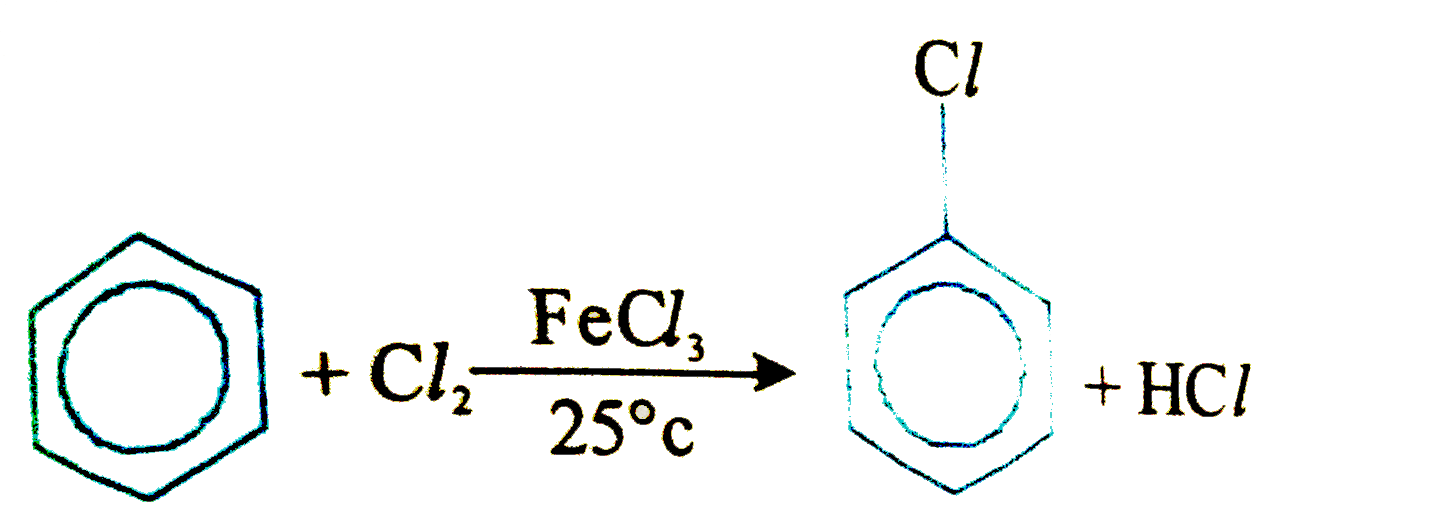
The rate of the reaction depends on the concentration of
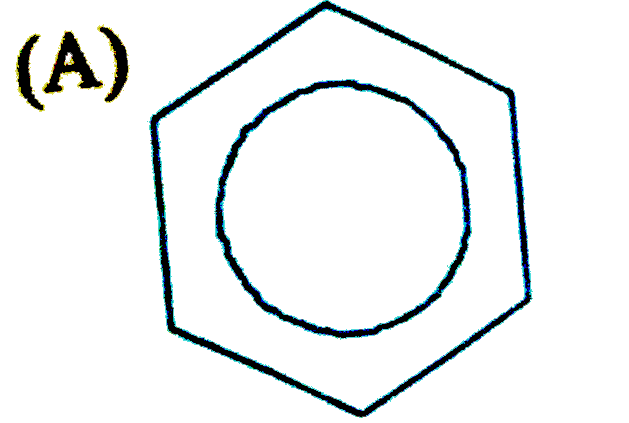
Cl2
FeCl3

The correct Answer is:A, B, C
General rate equation for halogenation [rate=k[C6H6][Cl2][FeCl3]]
Topper's Solved these Questions
Similar Questions
Compound 'A' with molecular formula C4H9Br is treated with aq. KOH solution. The rate of this reaction depends upon the concentration of the compound 'A' only. When another optically active isomer 'B' of this compound was treated with aq. KOH solution, the rate of reaction was found to be dependent on concentration of compound and KOH both.
(i) Write down the structural formula of both compounds 'A' and 'B'.
(ii) Out of these two compounds, which one will be converted to the product with inverted configuration.
View SolutionCompound 'A' with molecular formula C4H9Br is treated with aq. KOH solution. The rate of this reaction depends upon the the concentration of the compounds 'A' only. When another optically active isomer 'B' of this compound was treated with aq. KOH solution, the rate of reaction was found to be dependent on concentration of compound and KOH both.
(i) Write down the structural formula of both compounds 'A' and 'B'.
(ii) Out of these two compounds, which one will be converted to the product with inverted configuration.
View Solution
Knowledge Check
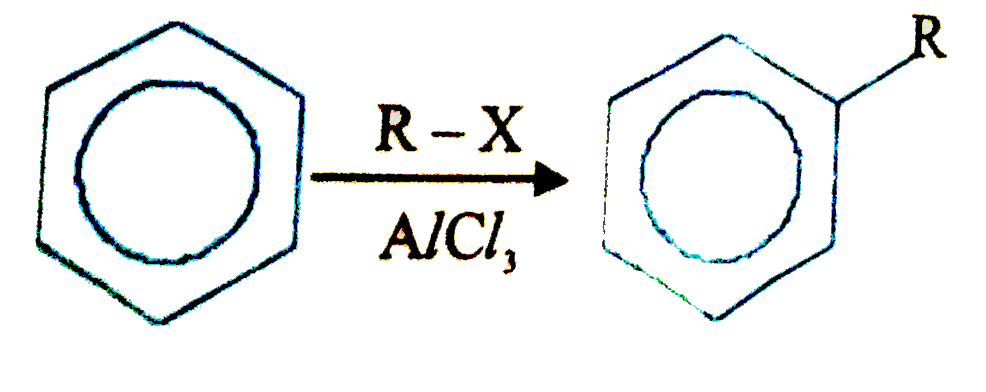
Generally rate of the reaction depends on the concentration ofA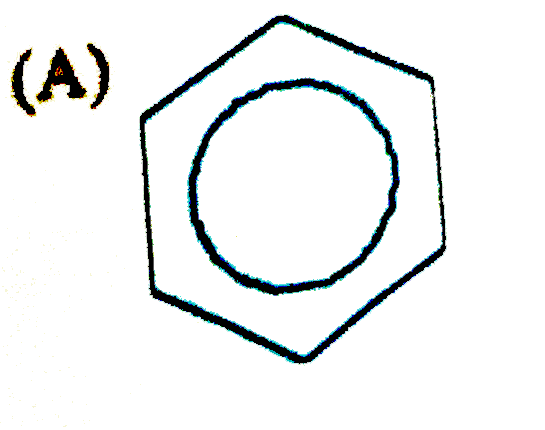 BR−XCAlCl3D
BR−XCAlCl3D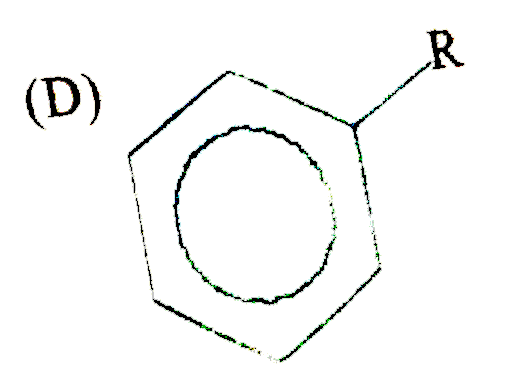
The rate of a reaction depends on the
Atemperature of the reactionBcatalystCconcentration of the reactantsDall of these
Compound 'A' with molecular formula C4H9Br is treated with aq. KOH solution. The rate of this reaction depends upon the concentration of the compound 'A' only. When another optically active isomer 'B' of this compound was treated with aq. KOH solution, the rate of reaction was found to be dependent on concentration of compound and KOH both.
Write down the structural formula of both compounds 'A' and 'B'.
View SolutionCompound 'A' with molecular formula C4H9Br is treated with aq. KOH solution. The rate of this reaction depends upon the concentration of the compound 'A' only. When another optically active isomer 'B' of this compound was treated with aq. KOH solution, the rate of reaction was found to be dependent on concentration of compound and KOH both.
Write down the structural formula of both compounds 'A' and 'B'.
View SolutionCompound 'A' with molecular formula C4H9Br is treated with aq. KOH solution. The rate of this reaction depends upon the the concentration of the compounds 'A' only. When another optically active isomer 'B' of this compound was treated with aq. KOH solution, the rate of reaction was found to be dependent on concentration of compound and KOH both.
(i) Write down the structural formula of both compounds 'A' and 'B'.
(ii) Out of these two compounds, which one will be converted to the product with inverted configuration.
View SolutionCompound 'A' with molecular formula C4H9Br is treated with aq. KOH solution. The rate of this reaction depends upon the the concentration of the compounds 'A' only. When another optically active isomer 'B' of this compound was treated with aq. KOH solution, the rate of reaction was found to be dependent on concentration of compound and KOH both.
(i) Write down the structural formula of both compounds 'A' and 'B'.
(ii) Out of these two compounds, which one will be converted to the product with inverted configuration.
View SolutionCompound 'A' with molecular formula C4H9Br is treated with aq. KOH solution. The rate of this reaction depends upon the concentration of the compound 'A' only. When another optically active isomer 'B' of this compound was treated with aq. KOH solution, the rate of reaction was found to be dependent on concentration of compound and KOH both.
Write down the structural formula of both compounds 'A' and 'B'.
View SolutionCompound 'A' with molecular formula C4H9Br is treated with aq. KOH solution. The rate of this reaction depends upon the the concentration of the compounds 'A' only. When another optically active isomer 'B' of this compound was treated with aq. KOH solution, the rate of reaction was found to be dependent on concentration of compound and KOH both.
(i) Write down the structural formula of both compounds 'A' and 'B'.
(ii) Out of these two compounds, which one will be converted to the product with inverted configuration.
View Solution
